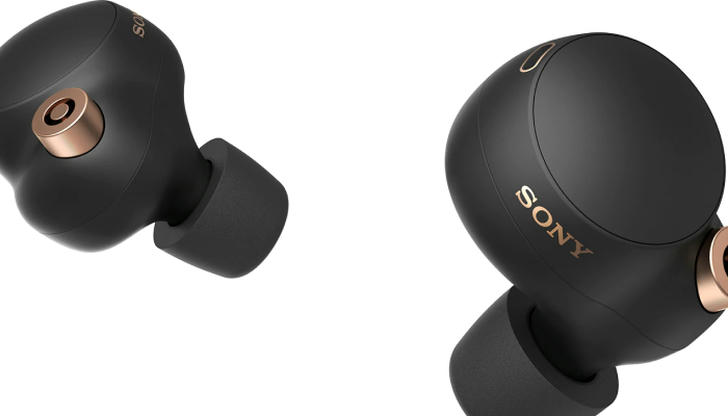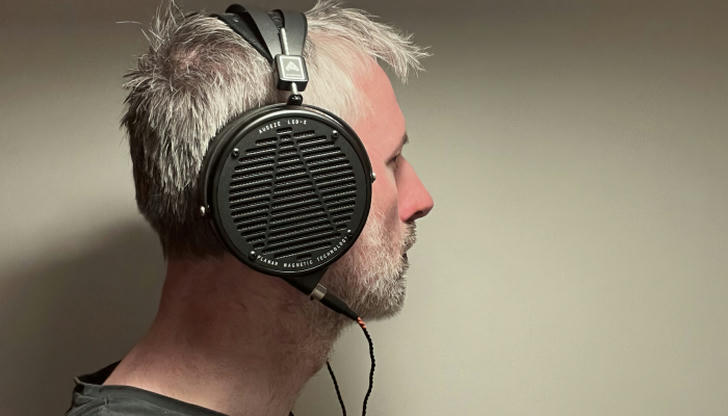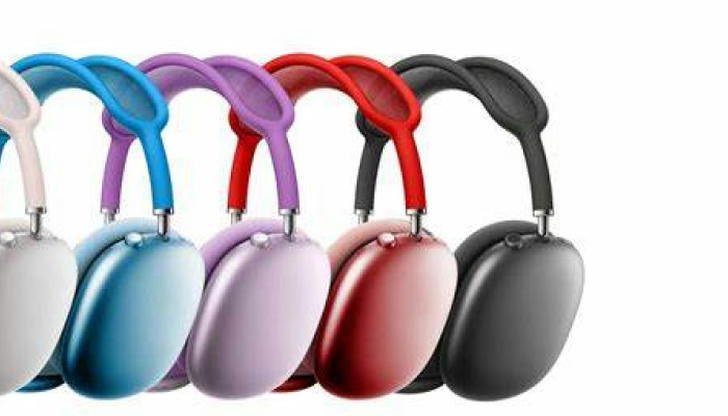Innovations in Headphone Technology: Enhancing User Experience through Design, Sound Quality, and Connectivity

Headphones have become ubiquitous accessories, not just for music lovers but for anyone seeking an immersive audio experience, whether it's for entertainment, work, or fitness. The journey from wired to wireless, from mono to stereo, and from basic to smart headphones, reflects a continuous pursuit of perfection in terms of sound reproduction, comfort, and convenience. This paper delves into the core aspects driving this evolution, examining the technological advancements, design considerations, and real-world applications that have made headphones an indispensable part of modern life.
Sound Quality: The Heart of the Experience
The quality of sound reproduction is paramount in headphone design. Over the years, significant strides have been made in audio driver technology, digital signal processing (DSP), and active noise cancellation (ANC). For instance, high-resolution audio formats and the adoption of larger, more efficient drivers have enabled headphones to deliver deeper bass, clearer midranges, and more detailed highs. Case Study: Sennheiser HD 800 S The Sennheiser HD 800 S, a prime example of high-end audio engineering, features 56mm transducers that utilize a special ring radiator design to minimize distortion and produce an exceptionally wide soundstage. This model also employs advanced DSP to optimize the frequency response, ensuring a neutral and accurate sound reproduction that appeals to audiophiles. 1.2. Active Noise Cancellation (ANC) ANC technology has revolutionized the way we experience sound in noisy environments. By generating sound waves that are out of phase with ambient noise, ANC headphones can create a quieter listening environment, enhancing the overall listening experience. Case Study: Bose QuietComfort 35 II Bose's QuietComfort 35 II is renowned for its effective ANC capabilities. It uses both passive and active noise reduction techniques, combined with proprietary algorithms that adapt to the user's environment in real-time. This has made it a favorite among frequent travelers and those seeking a peaceful audio sanctuary.
Ergonomic Design: Comfort Meets Functionality
2.1. Lightweight Materials and Custom Fit Comfort is a critical factor, especially for users who wear headphones for extended periods. Manufacturers have responded by utilizing lightweight, durable materials like memory foam, titanium, and advanced plastics. Customizable fit options, such as adjustable headbands and ear cups, further enhance user comfort. Case Study: Sony WH-1000XM4 Sony's WH-1000XM4 headphones are designed with comfort in mind. They feature plush ear cups with memory foam padding and an adjustable headband that evenly distributes weight. The ear cups also swivel and fold for a personalized fit and easy portability. 2.2. Earbuds vs. Over-Ear: A Matter of Preference The rise of true wireless earbuds has introduced a new dimension of convenience. However, over-ear headphones still dominate in terms of sound quality and noise isolation. Manufacturers are continually innovating to cater to diverse user preferences. Case Study: Apple AirPods Pro Apple's AirPods Pro combines the convenience of wireless earbuds with advanced features like active noise cancellation and adaptive EQ, which tunes music to the shape of the user's ears. This hybrid approach exemplifies the trend towards blending form and function.
Connectivity: Bridging the Gap Between Devices
3.1. Wireless Freedom The transition from wired to wireless headphones has been one of the most significant milestones in audio technology. Bluetooth has become the standard for wireless connectivity, with continuous improvements in range, stability, and power efficiency. Case Study: Sony WF-1000XM4 Earbuds Sony's WF-1000XM4 earbuds utilize Bluetooth 5.2, offering a stable connection with low latency and improved battery life. They also support multipoint connectivity, allowing users to connect to two devices simultaneously, addressing the needs of modern multitaskers.

3.2. Smart Integration and Voice Assistants Smart headphones now integrate with voice assistants like Siri, Google Assistant, and Alexa, enabling hands-free control of smart home devices, setting reminders, and even making calls. Case Study: Amazon Echo Buds (2nd Gen) Amazon's Echo Buds offer seamless integration with Alexa, allowing users to access a wide range of voice-controlled features. Additionally, they support pass-through mode, which lets users hear their surroundings without removing the buds, enhancing safety and convenience.
Real-World Applications and Solutions
4.1. Music and Entertainment Headphones have transformed how we consume music and entertainment. High-fidelity models like the Audeze LCD-X provide an unparalleled listening experience for music enthusiasts, while gaming headphones like the SteelSeries Arctis Pro Wireless offer precision audio and low-latency performance critical for gamers.

4.2. Remote Work and Education The shift to remote work and online education has increased the demand for headphones with superior microphone quality and noise-cancelling capabilities. Models like the Jabra Elite 85h, with its advanced microphone system and long battery life, cater to professionals and students requiring clear communication in noisy environments.

4.3. Fitness and Sports For fitness enthusiasts, headphones need to be sweat-resistant, secure, and lightweight. The Jaybird Vista 2, designed for athletes, features an IP68 rating for water and dust resistance, along with ear hooks for a secure fit during intense workouts. 5. Challenges and Future Directions Despite the remarkable progress, the headphone industry faces challenges such as battery life limitations, audio latency in wireless connections, and the need for sustainable manufacturing practices. Research is ongoing to develop more energy-efficient components, improve wireless protocols, and incorporate eco-friendly materials.
Conclusion
Headphones have come a long way since their inception, evolving into highly sophisticated devices that not only deliver exceptional sound quality but also seamlessly integrate into our digital lifestyles. Through advancements in audio technology, ergonomic design, and connectivity, manufacturers have addressed diverse user needs, creating a market filled with options tailored to different preferences and applications. Real-world cases demonstrate how these innovations translate into tangible benefits for users, enhancing their listening experiences across various contexts. As technology continues to advance, the future of headphones holds even more promise, with the potential for further improvements in sound fidelity, comfort, and smart functionality.

